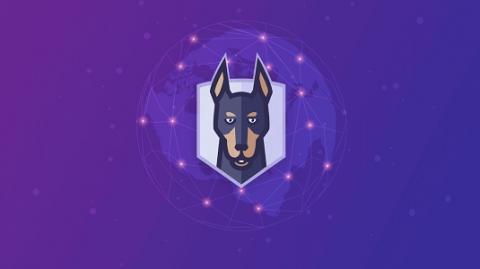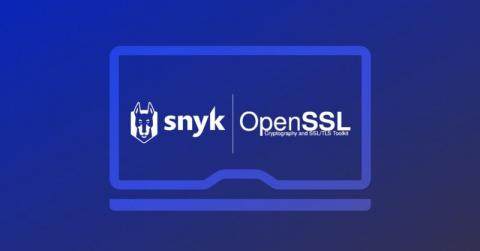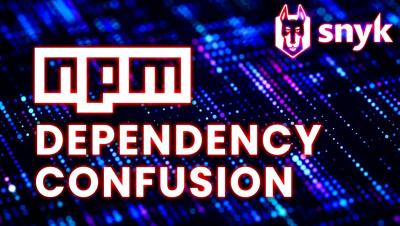Security | Threat Detection | Cyberattacks | DevSecOps | Compliance
Snyk
SnykLaunch recap: Snyk Cloud, SBOM & reporting capabilities, and customer solutions resources
At SnykLaunch on November 8th, our product leaders unveiled the latest additions to Snyk’s suite of developer-first products. We also gave viewers a sneak peek of these new features in action with live demos. We’re especially excited to announce Snyk Cloud, our cloud security tool that takes a contextual approach to finding and fixing cloud vulnerabilities.
Key points from Google and Accenture's ransomware white paper
Ransomware has been around for a long time — since 1989 — but has scaled up significantly since 2016. Author’s from Accenture and Google Cloud, in addition to our very own Vandana Verma Sehgal (from the Snyk Security Relations Team), recently released a white paper, Ransomware State of Mind: How to Better Protect Your Business, which details the current state of ransomware and solutions to address this growing problem.
NPM security: preventing supply chain attacks
NPM security has been a trending topic in the media in recent years, mostly in reference to npm packages available on the ecosystem rather than the npm registry itself. The increasing security risk, that applies to developers and software we build, makes it even more important to understand how to prevent supply chain attacks and other security vulnerabilities related to software development life cycle.
How They Started in Cybersecurity - Snyk Ambassadors Show
A day in the life of a CISO: Chris Hughes of Aquia
One of the most challenging positions within an organization is that of a chief information security officer (CISO). A little while back, I had an opportunity to sit down with Chris Hughes, CISO and co-founder of Aquia, to discuss his experience in the role. Acquia is an open source digital experience company that empowers the world’s most ambitious brands to embrace innovation.
Breaking down the 'critical' OpenSSL vulnerability
On November 1st 2022, the OpenSSL team released an advisory detailing two high severity vulnerabilities — CVE-2022-3602 and CVE-2022-3786. This was pre-announced as a critical bug, but later downgraded to high for the actual release. This could still be problematic though, OpenSSL is one of the predominant encryption libraries and is underpinning a significant portion of the internet’s TLS protected communications.
Cloud security fundamentals part 4: Align and automate with policy as code
Security policies are still awaiting digital transformation. A key phrase in today’s cloud-driven world, “digital transformation” generally refers to the ongoing work of digitizing formerly paper-based processes. “Paper,” however, is not literal — many processes don’t use paper, but still flow as if they were. Uploading a document to Google Drive, in other words, doesn’t amount to digital transformation.
Understanding NPM Dependency Confusions - What You Need to Know
Secure Python URL validation
Everything on the internet has a Uniform Resource Locator (URL) that uniquely identifies it — allowing Internet users to gain access to files and other media. For instance, this article has a unique URL that helps search engine optimization (SEO) crawlers index it for users to find. The first definition of the URL syntax is in the 1994 Request for Comments (RFC) 1738. Since then, the structure of URLs has gone through many revisions to improve their security.











